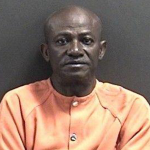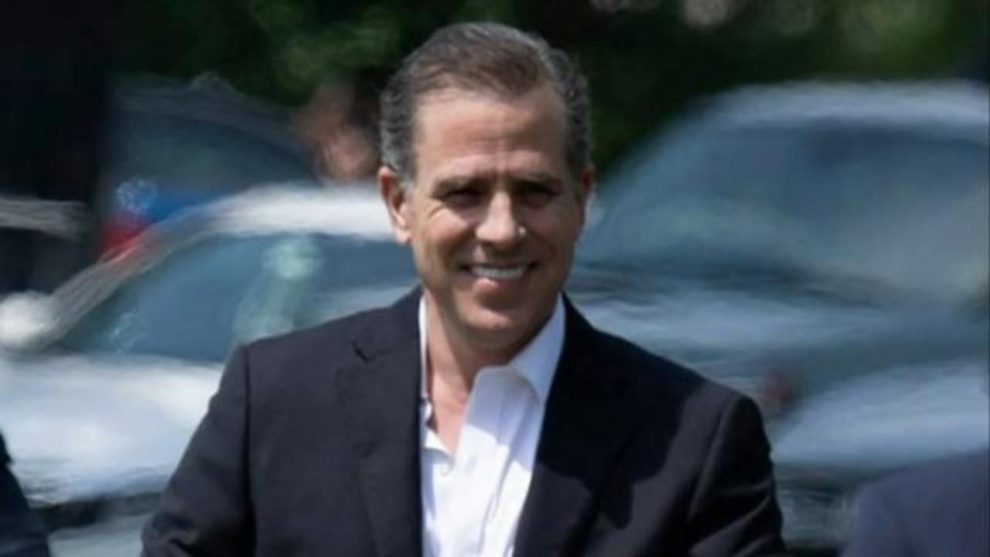More than two years after the New York Post broke the news of crack addict-turned-first son Hunter Biden’s laptop, CBS News reported that the laptop is authentic — just days after the second election day in which it might have made a difference.
CBS said it commissioned experts at a Minneapolis-based firm called Computer Forensics Services to evaluate the hard drive. It used a variety of digital techniques, but in the end, it leaned heavily on a common-sense judgment that was available to even non-technical viewers of the laptop: “Just the sheer volume of what we’re dealing with it would be difficult, if not impossible, to fabricate,” Sean Lanterman, the company’s incident response director, told CBS.
The report was by CBS’s Catherine Herridge. Before the 2020 election, the network’s Lesley Stahl sat down with then-President Donald Trump, who asked her why she wasn’t covering the laptop. Stahl rebuked him: “Because it can’t be verified.”
But for anyone with basic computer programming knowledge, it needed to take only minutes to conclusively say that emails on the laptop are authentic. An anti-spam measure called DKIM lets the possessor of an email ask the sender’s server whether it really sent a message with the given text in order to prevent spammers from impersonating others. Your email provider likely runs this check instantaneously anytime you open an email.
The Daily Wire’s investigative unit verified the laptop’s emails using this method, with no outside expert required. A DKIM check could not be performed for all emails for a variety of typical reasons, such as that the sender’s email client didn’t use the technology. But for the large portion in which the DKIM signature was present, it showed that they were real and unaltered.
DKIM was not present on one of the most sensational emails, which proposed earmarking 10% of the proceeds of a Chinese business venture as “held by H for the big guy.” But remarkably enough, one of the recipients of that email — Tony Bobulinski, a former military officer with impeccable intelligence credentials and bipartisan bona fides — confirmed that email’s authenticity in a press conference before the election.
Reporters had reason to be familiar with technology tools for verifying emails, because the same technique was used to prove the authenticity of Democratic National Committee emails after Democrats claimed during the 2016 election that emails published by Wikileaks might be fake. Wikileaks later incorporated DKIM results in its online tool.
The slow-walking is part of a pattern in which legacy media outlets appear to adopt farcically slow timelines in what is ordinarily a frenetic business when they are faced with an inconvenient truth that can’t be rebutted.
On October 14, 2020, the New York Post reported on the existence of the laptop, and how it showed Hunter name-dropping his father in his lucrative international ventures. It was a classic “October surprise” that stood to roil the presidential election — if people saw it, that is. Twitter blocked the New York Post’s account, and Facebook throttled the story. On October 19, Politico ran a story headlined “Hunter Biden story is Russian disinfo, dozens of former intel officials say.”
For the most part, however, major news outlets ignored the laptop. Publicly-funded NPR wrote on Twitter before the election that it was enforcing a blackout because “We don’t want to waste our time on stories that are not really stories, and we don’t want to waste the listeners’ and readers’ time on stories that are just pure distractions.” NPR later falsely reported in April 2021 that the laptop’s contents had been “discredited by U.S. intelligence and independent investigations by news organizations.” It later issued a correction, saying U.S. intelligence “has not issued a statement to that effect.”
It wasn’t until March 16, 2022, that The New York Times casually admitted that it knew the laptop was real, writing in the 24th paragraph of a story about Hunter’s tax woes that “emails were obtained by The New York Times from a cache of files that appears to have come from a laptop abandoned by Mr. Biden in a Delaware repair shop. The email and others in the cache were authenticated by people familiar with them and with the investigation.”
As if embarrassed by its rival, weeks later on March 30, 2022, The Washington Post reported that “Thousands of emails purportedly from the laptop computer of Hunter Biden, President Biden’s son, are authentic communications,” citing “two security experts who examined the data at the request of The Washington Post.” Those security experts primarily relied on DKIM.
The Washington Post apparently felt more comfortable ignoring the reports of other outlets, which spelled out the technique on which its expert eventually relied. The Daily Caller on October 29, 2020, got a cybersecurity expert to say that a key email was authentic, relying on DKIM. The Daily Mail later had an outside forensics expert authenticate the laptop, as did the Washington Examiner.
Jack Maxey, a former sidekick of Steve Bannon who got a copy of the drive from Rudy Giuliani — who in turn got it from John Mac Isaac, the repairman at whose shop Hunter abandoned the machine — told The Daily Wire that he provided it to the Washington Post early on and had been pressuring them to cover it to no avail.
In September 2021, Politico acknowledged that one of its reporters had authenticated key emails on the laptop by speaking with others who were parties to the correspondence, but that information was held for the reporter’s book which was published that month.
Initially, the justification for ignoring evidence of international influence-peddling was that the emails might be fake. But since corroborating them, major news outlets appear to have done little with them. With thousands of emails, texts, photos and videos raising questions about the Biden family and prominent Democrats to work with, the Post eventually settled on writing a lengthy story attacking Tucker Carlson as a hypocrite because the Fox News host had exchanged polite emails with Hunter when they were neighbors.
Story cited here.
























